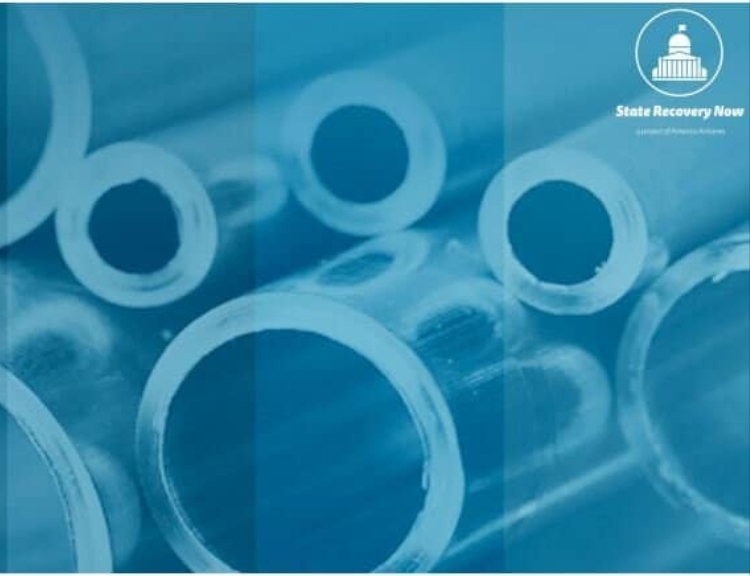American Rescue Plan Funding: A Playbook for Efficiently Getting the Lead Out
Lead is a neurotoxin that continues to harm communities across the country. Though new uses of lead in paint, gasoline, and pipes have been banned for several decades, lead in legacy products and materials remains in communities, posing an ongoing threat to human and economic development. Anywhere from 6 to 10 million residential lead service lines (LSLs), for instance, are still in use nationwide.
Funding included in American Rescue Plan (ARP) grant programs gives cities and states the opportunity to finally eradicate lead contamination in water lines. The steps outlined in this memo (and summarized in the figure below) represent a data-driven approach to rid American communities of the pernicious effects of lead contamination in water systems. This approach builds on research from the University of Michigan and subsequent implementation by BlueConduit in more than 50 cities in the United States and Canada.

Steps
- Put together an initial inventory to understand what is known in the water system
- Organize data
- Identify gaps and inconsistencies
- Characterize unknown service lines by random inspection
- Conduct a representative, randomized sample
- Identify home-level likelihoods of lead through statistical modeling
- Request funding for full replacement based on actionable data
- Iteratively update the model with data gleaned from replacement digs




